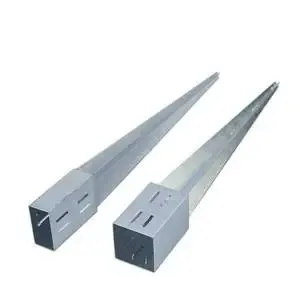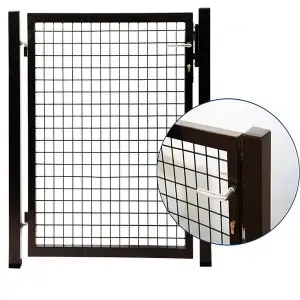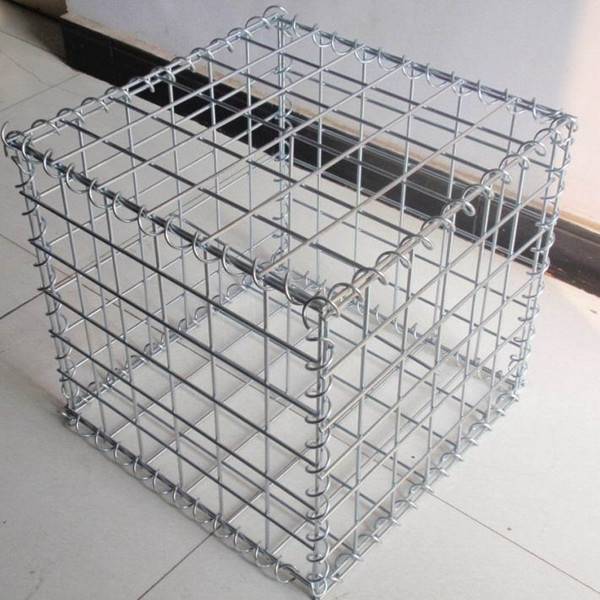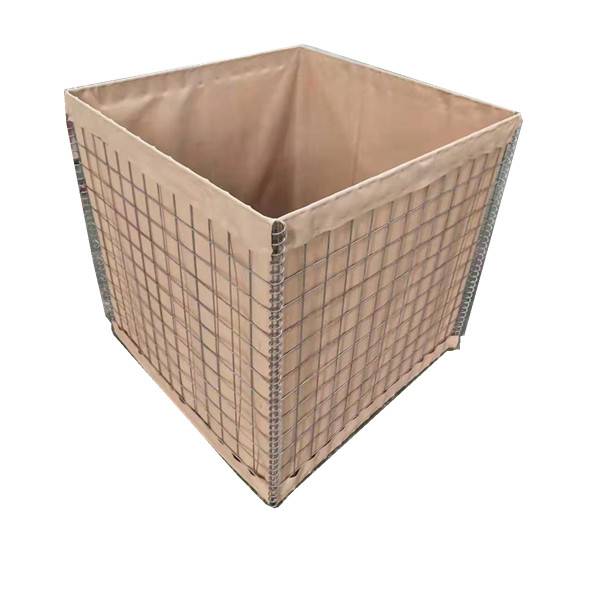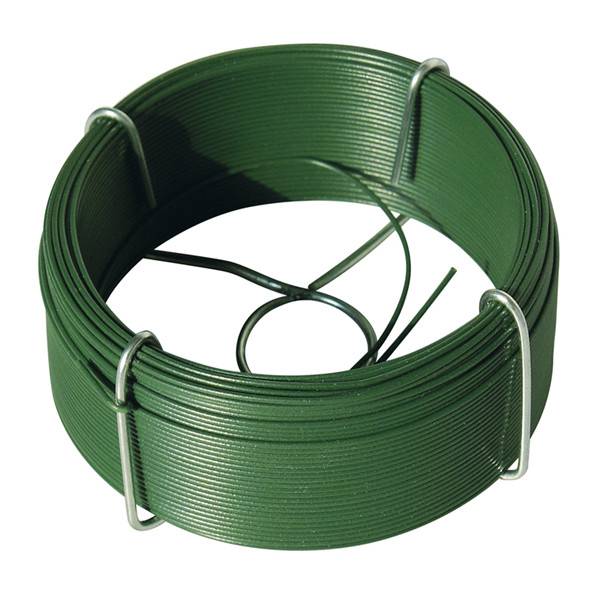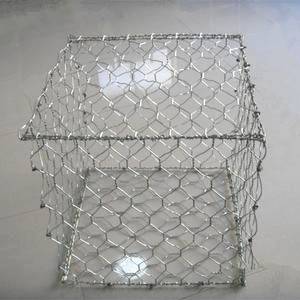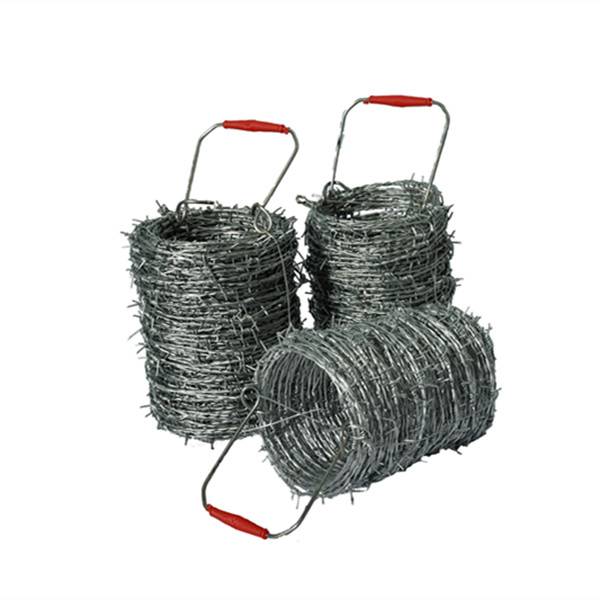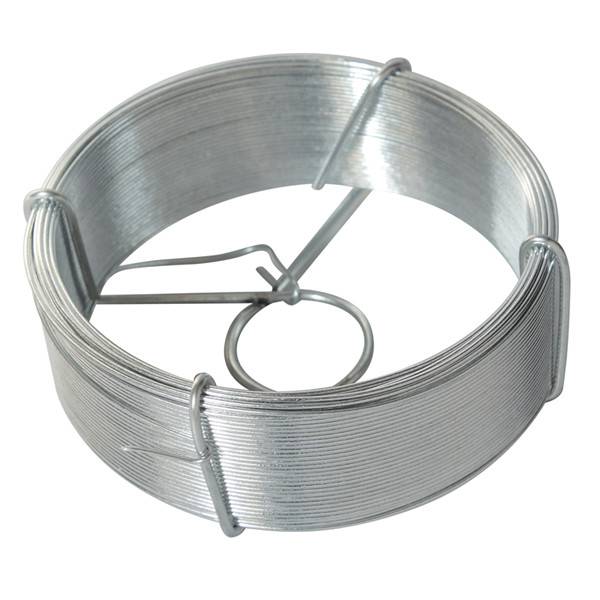
Dec . 02, 2024 02:55 Back to list
installing a field fence
Installing a Field Fence A Comprehensive Guide
Fencing is an essential aspect of managing land, be it for agricultural purposes, livestock containment, or simply marking property boundaries. A field fence serves multiple purposes and can enhance the aesthetics of your property while providing security. If you're contemplating installing a field fence, this guide will walk you through the process step-by-step, allowing you to accomplish the task efficiently.
1. Planning Your Fence
Before you start the installation process, thorough planning is crucial. Begin by determining the purpose of the fence. Are you looking to keep livestock contained, prevent wildlife from entering your property, or simply mark your land? Your objectives will guide your choice of materials and design.
Next, measure the area where you plan to install the fence. Create a detailed sketch, noting the dimensions, corners, and gates. This will help you calculate the materials needed and assess the overall cost.
2. Choosing the Right Material
Field fences come in various materials, including barbed wire, woven wire, and electric fencing. Each has its advantages and disadvantages
- Barbed Wire Effective for limiting livestock movement but can pose risks to animals and humans alike. - Woven Wire Offers a safer alternative for containing animals while also preventing smaller wildlife from entering. - Electric Fencing Highly effective for keeping animals contained and deterring intruders, but it requires a power source and regular maintenance.
Consider factors such as the type of animals you are enclosing, your budget, and the terrain of your land when choosing your materials.
3. Gathering Tools and Materials
Once you've decided on the type of fence, gather the necessary tools and materials
. Generally, you will need- Fence posts (wood or metal) - Fence panels or rolls (depending on your choice) - Post driver or auger for digging holes - Hammer or mallet for driving in staples - Wire cutters and pliers - Level for ensuring posts are straight - Tape measure and markers for measurement
If your fence will include a gate, make sure to get suitable materials for that as well.
4. Installing the Fence
installing a field fence
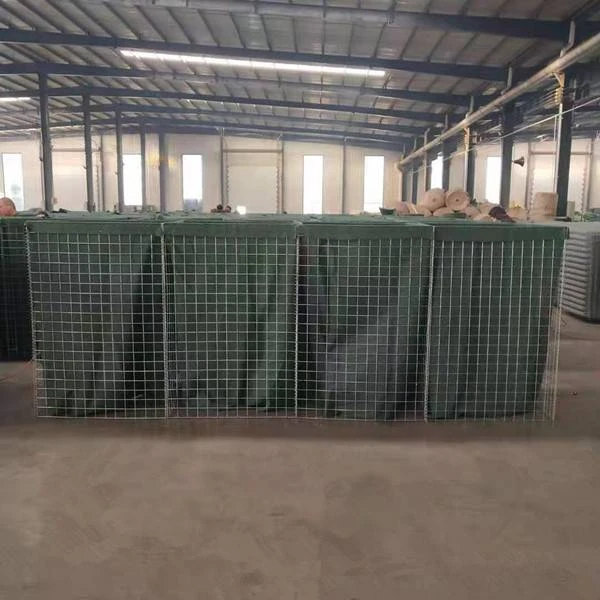
Step 1 Mark Your Line
Using stakes and string, mark the line where the fence will be installed. Ensure it is straight and follows your planned layout. This step is crucial for an aesthetically pleasing result.
Step 2 Set the Posts
Using your post driver or auger, dig holes for your fence posts at intervals determined by the type of fence you are installing. A typical distance is between 8 to 10 feet apart. Position the posts in the holes, ensuring they are straight and level, then fill the holes with concrete or tamp the earth firmly around them.
Step 3 Attach the Fence
Once your posts are securely in place, start attaching the fencing material. If you’re using woven wire, roll it out along the line of posts, pulling it tight to avoid sagging. Use staples or wire to secure the fencing to the posts, ensuring it's fastened well at the top, middle, and bottom.
Step 4 Install a Gate
If your design includes a gate, leave an appropriate space in the fence for it. Set up gate posts and install your chosen gate type, ensuring it opens and closes smoothly.
5. Final Touches
After securing the entire fence, check for any loose sections and make adjustments as needed. Trim any sharp edges or protruding wire to prevent injury to animals or humans.
6. Maintenance Tips
Fences require regular maintenance to ensure longevity. Periodically inspect the fence for sagging or loose wires, and repair any damage as soon as possible. Keeping vegetation away from the fence line will help prevent damage from overgrowth and make inspection easier.
Conclusion
Installing a field fence can be a rewarding DIY project that enhances your property’s functionality and appearance. With careful planning, the right materials, and attention to detail, you can create a durable fence that meets your needs. Whether you’re looking to contain livestock, protect crops, or establish a boundary, a well-installed field fence is a wise investment for your land. Happy fencing!
-
Why a Chain Link Fence is the Right Choice
NewsJul.09,2025
-
Upgrade Your Fencing with High-Quality Coated Chicken Wire
NewsJul.09,2025
-
The Power of Fence Post Spikes
NewsJul.09,2025
-
The Best Pet Enclosures for Every Need
NewsJul.09,2025
-
Secure Your Property with Premium Barbed Wire Solutions
NewsJul.09,2025
-
Enhance Your Construction Projects with Quality Gabion Boxes
NewsJul.09,2025
Products categories




